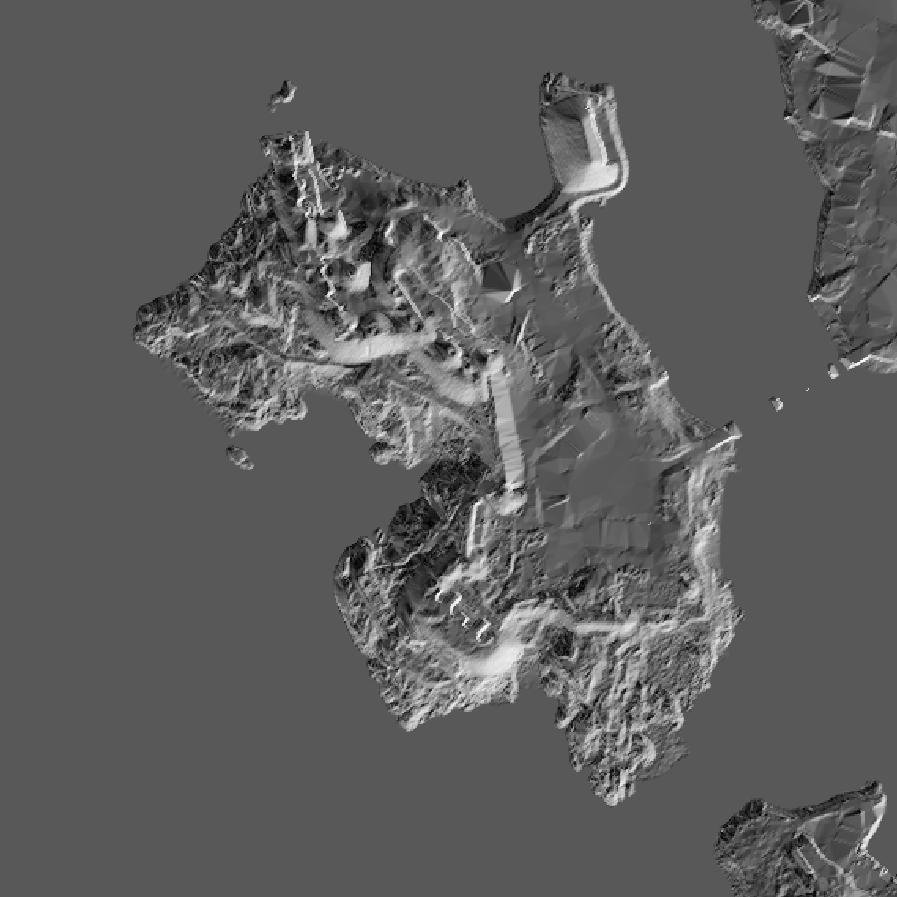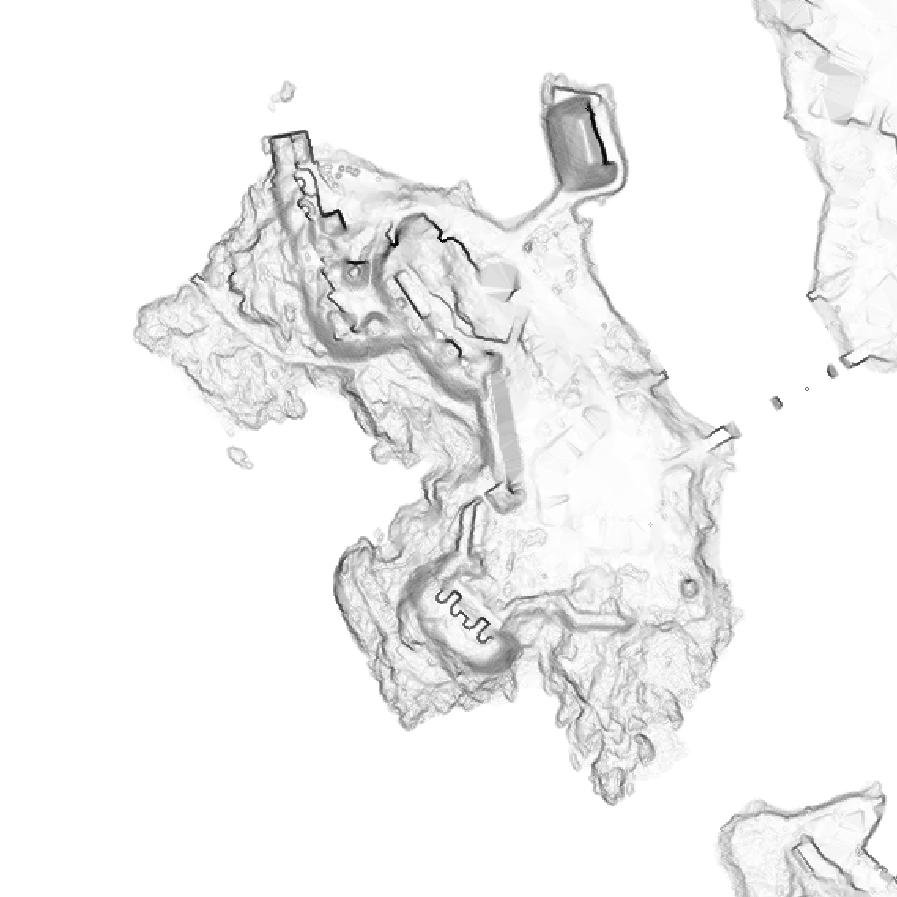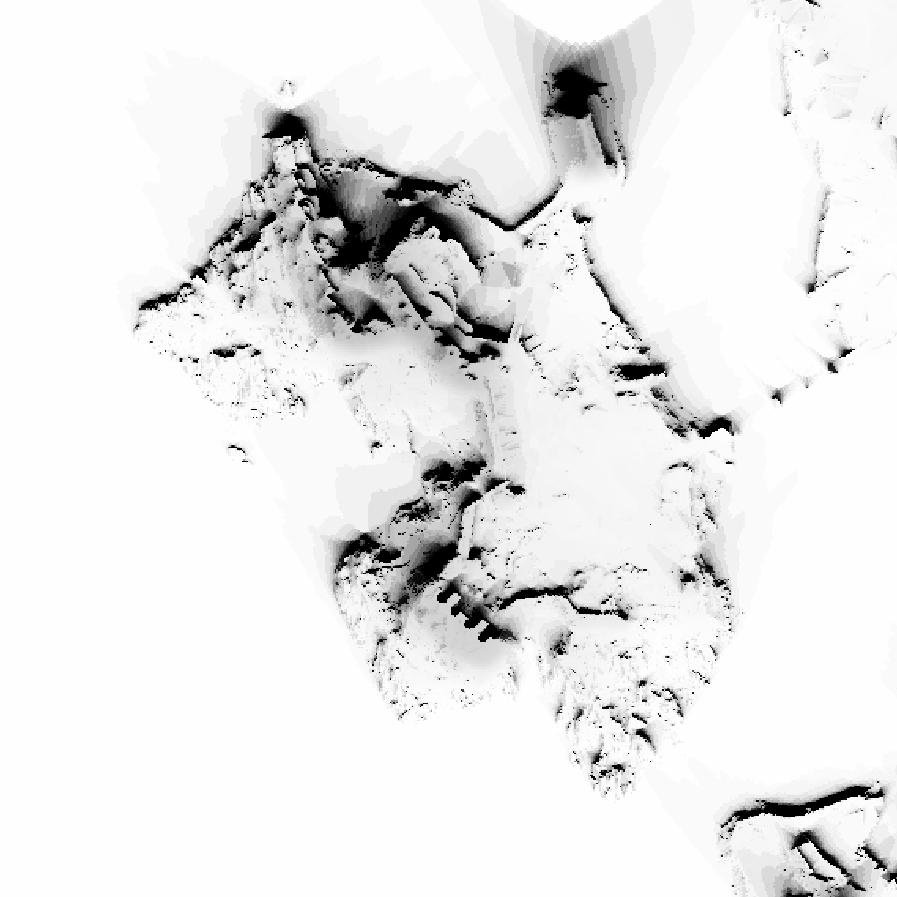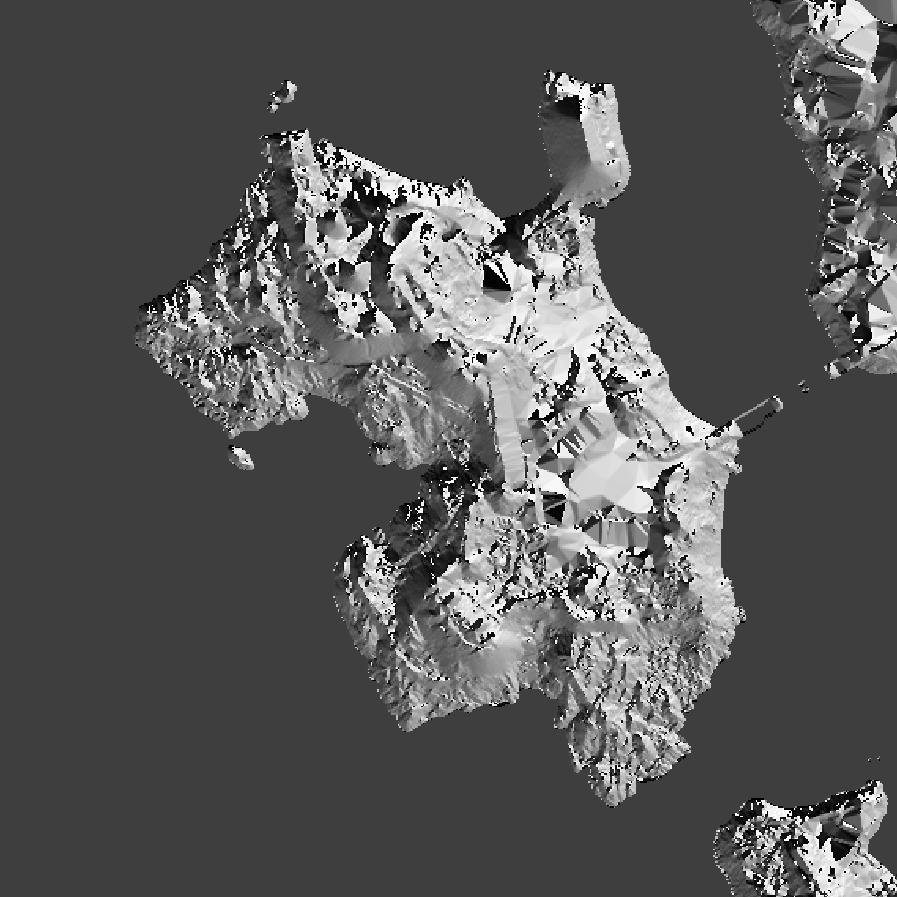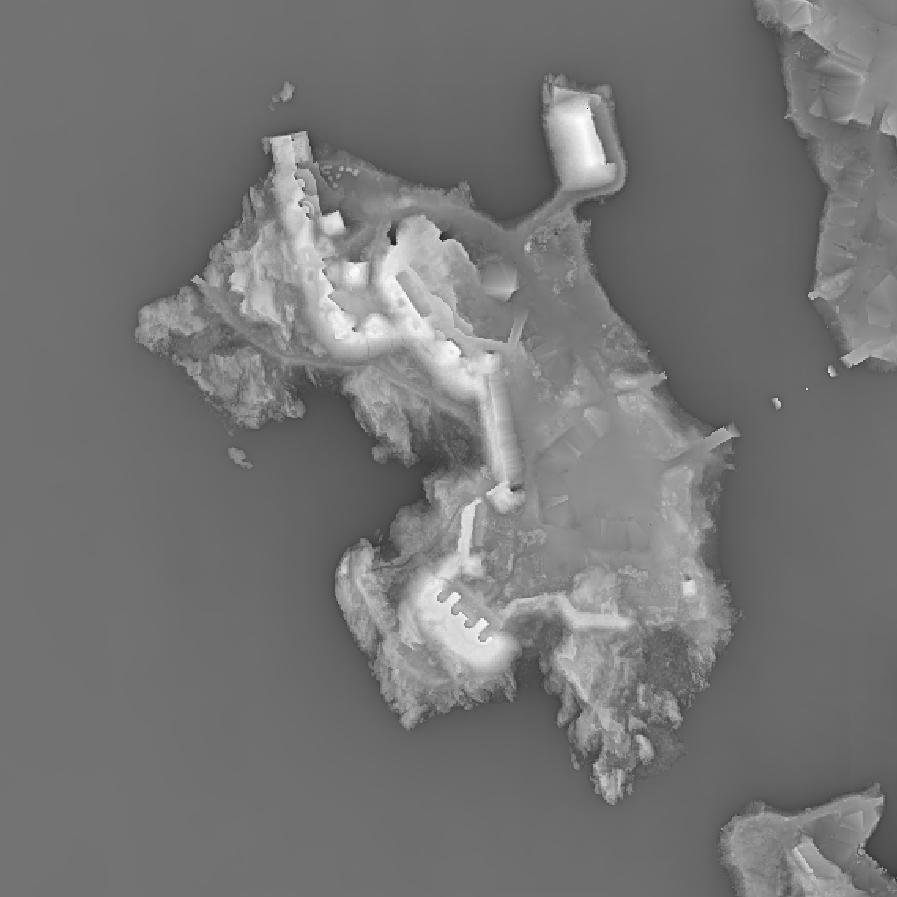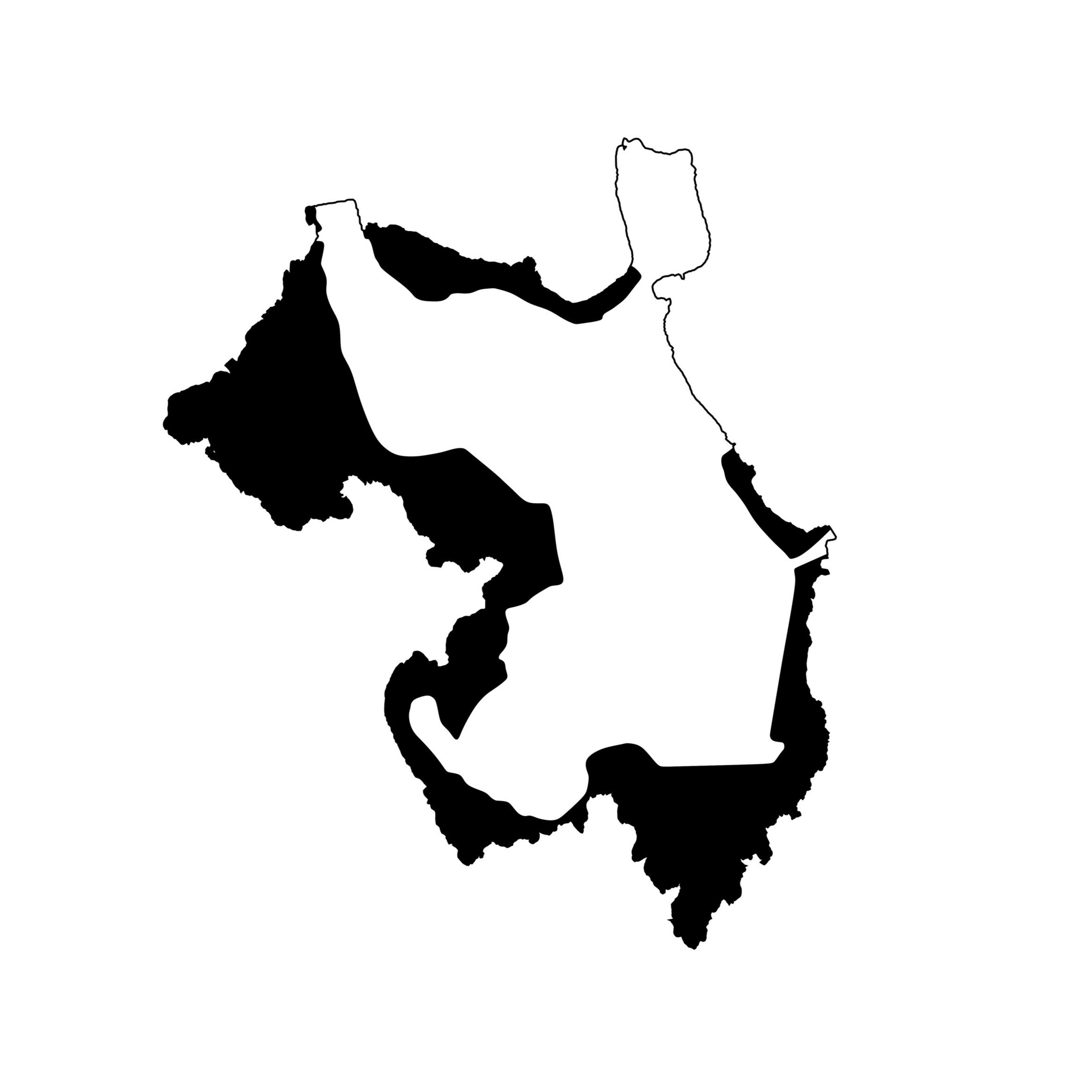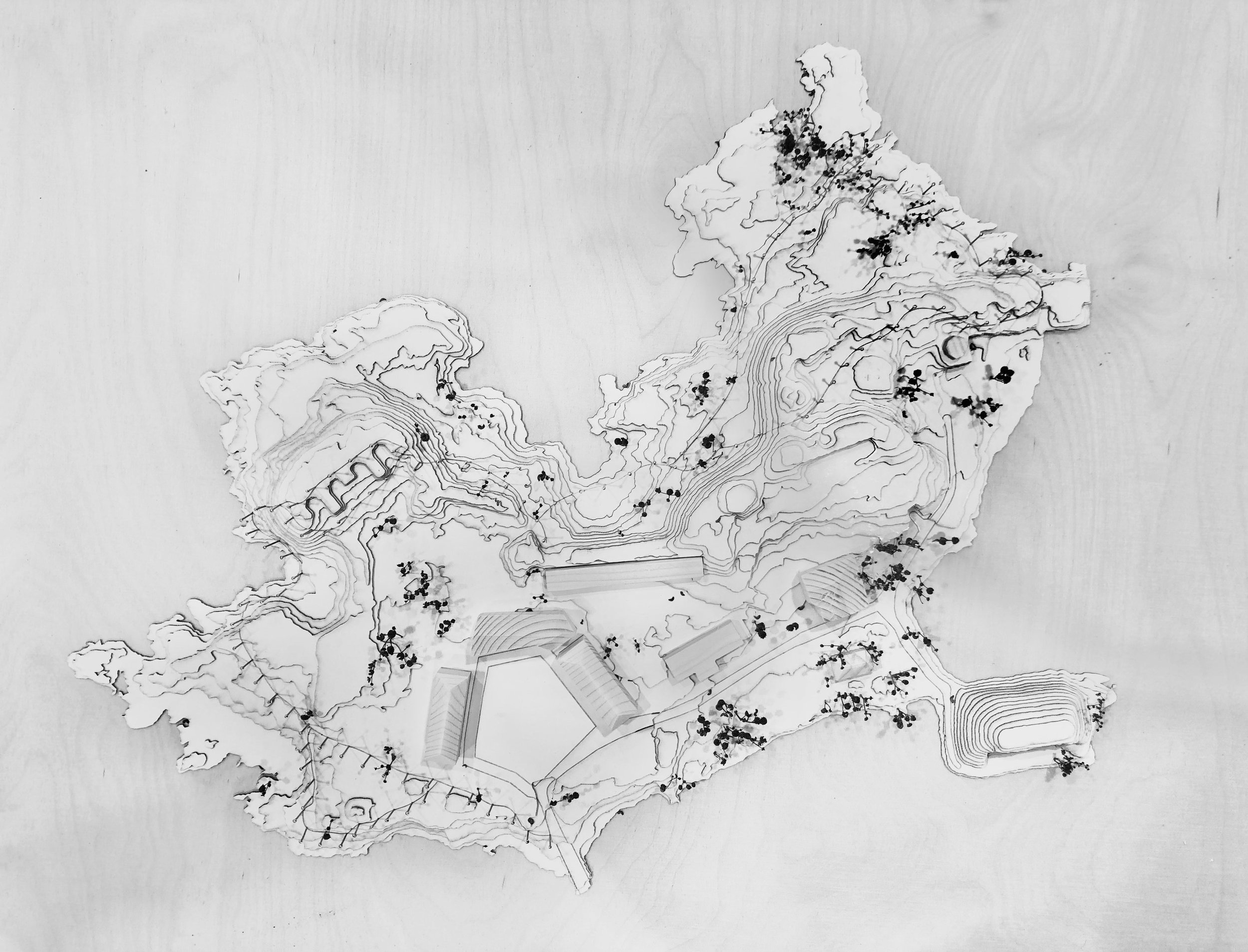Suomenlinna, helsinki
Länsi- Mustasaari
Suomenlinna is an archipelago with strong traces of great historic eras. Exploited for its strategic position Suomenlinna has served as a military fortress during history, resulting in big spatial and structural consequences. Today the site functions mainly as a vivid city district with around 800 residents and represents one of Finland’s biggest tourist destinations. Finding a balance between residents and tourists represents a list of challenges regarding privacy, infrastructure and accessibility. Additionally, tourism has a big impact on the island’s landscape. Furthermore climate change presents a whole new list of challenges on Suomenlinna’s built structures and cultivated landscapes. This design focuses on Länsi-Mustasaari and offers a strategy that combines the needs of all stakeholders for a sustainable future.
The project is the result of group work by:
Rieke Davideit & Tale Marker
URBAN CONTEXT
URBAN CONTEXT
The old fortress Suomenlinna represents a dynamic relationship between the history and the past. Old layers tell stories about the past whereas new ones show the current use of the islands in the Baltic Sea. As the structures go back to the 18th century renovations and preservation are necessary. In order to keep the genius loci any changes have to ensure the preservation of cultural, historical, architectural and landscape values, which is rather difficult as all aspects have to be taken under consideration.
When we speak of sustainable development is has to be pointed out that it is not only about ecological sustainability. Furthermore it is the merge of different aspects such as ecology, human rights, social and cultural sustainability and economy, whereby all aspects are considered to be equally important. Due to that, the major challenge of preserving the Suomenlinna Sea Fortress is to find solutions which consider all the named aspects without neglecting a single one of them.
As the Management Plan of Suomenlinna designed by the Governing Body points out that cultural heritage is a common right to everyone, it is important to find a balance between the preservation of the buildings and landscape, the needs of its residents as well as the tourists on the same level.
Historical analysis of Suomenlinna
Fortification activity throughout the different eras have directly shaped the island’s landscape and can still be traced and explored today. Since the establishment of the fortress during the late 18th century the Suomenlinna landscape has become almost a fully cultivated and man made place. The different stages of construction on the archipelago results in interesting meetings between historical use of the landscape, impressive technology and varying styles of architecture.
Swedish era
Russian era
independent era
Tourism, Residency and Nature
Suomenlinna represents a historical monument as well as a versatile city district. More and more tourists visit the island to experience the beautiful landscape off Helsinki as well as the historical sites and buildings. The increase of visitors has had a great impact on the islands. Both the infrastructure implemented to guide visitors and the activity-imprint visitors provide for in themself contribute to these changes. The coexistence of visitors and residents as well as landscape and nature result in tensions as the space is limited by the seashore. Sustainable tourism, socially sustainable everyday life for local residents and conser- vation of Suomenlinna’s landscape have to go hand in hand to preserve both the historical sites as well as the unique vegetative areas on the islands.
Tourism
residency
nature
site analysis
A series of analysis takes a closer look into Suomenlinnas current ecological state, vegetative covers and trees. Our maps are combinations of existing surveys from litterary sources, existing maps and spatial digital data from various providers. Through these analysis we intend to create an understanding of the Suomenlinna landscape. We wish to investigate how historic presence and use of the land has shaped, influeced and affected the islands current state.
ecological zones
field vegetation
trees
DESIGN
DESIGN
The design project focuses on Länsi Mustasaari which is probably the most private and quiet space of Suomenlinna. Its primary use is mostly designated for residential use. However the natural environment and historic sites also attracts tourists to visit the island. When arriving on Länsi-Mustasaari through the bridge that connects the island to Pikku Mustasaari, a sign informs the visitor about entering a residential area and asks to respect the resident’s privacy. Apart from that no other visible intervention can be seen.
Although Länsi Mustasaari is not connected to the main tourist route, many tourists can and do make their way to the island to explore the private location of Läns- Mustasaari.
In order to that measurements should be taken in order to control the tourist streams, to reduce the impact on residents’ life and to protect the landscape as well as the old structures. The principle of avoiding large tourist groups through big attractions is a good solution and should be maintained.
Länsi-mustasaari analysis
Aspect
slope
solar irradiation
hillshading
wind exposition
important flora
meadow
outcrops
private areas
recreational area
In our design proposal we suggest an additional official path on Länsi-Mustasaari to the existing blue tourist route of Suomenlinna. The new suggested route consists mostly of already existing paths but aims to serve the different needs of the users of the island.
In planning the path we have considered different layers and typologies of the island. To increase the residents privacy we wanted to limit the crossings of the path and residential areas of living and intimate recreation. We have included the floating docks and garden plots in the residential zone. Furtheron we intend to guide visitors away from current functioning military zones. This layer of avoidance only includes the most north-eastern part of Länsi-Mustasaari. Another consideration we have made is to the meadowed land areas. This layer represents habitat for important species. In limiting visitors’ stay and explorations of Länsi-Mustasaari to a given path our aim is that in time, more species can be facilitated by the island landscape.






















